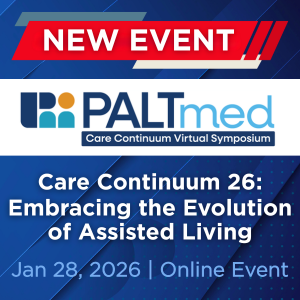Transition of Care Management
Showing 31 - 36 of 36 results
Clinical Practice Guidelines (CPG)
Heart Failure CPG
Heart failure is one of the most common reasons for new or recurrent hospitalizations among persons over 65 years of age. Considerable progress has been made during the past decade in providing symptomatic relief for such patients. By implementing the processes and practices outlined in this guideline (wit...
Clinical Practice Guidelines (CPG)
Parkinson's Disease CPG
This package includes the Parkinson’s Disease Clinical Practice Guideline, and the Parkinson’s Disease & Psychosis in PALTC Pocket Guide. Parkinson’s disease (PD) is a progressive, neurodegenerative movement disorder. While there is no known treatment, the symptoms can be controlled with medication,...
Clinical Practice Guidelines (CPG)
Falls and Fall Risk CPG
This tool guides physicians, other practitioners, and staff in assessing and managing individuals who have a recent history of falls or who are at risk of falling. This CPG will help identify ways to modify some of the risk factors for falls, as well as identify ways to adjust the patient's environmen...
Clinical Practice Guidelines (CPG)
Osteoporosis and Fracture Prevention CPG
The aging process, the postmenopausal state, low calcium intake, lack of physical activity, and other risk factors predispose the elderly to low bone mass. Most elderly nursing facility patients have age-related changes in bones, resulting in a lower than normal bone mass. This tool will guide the physicia...
Long Term Care Information Series


